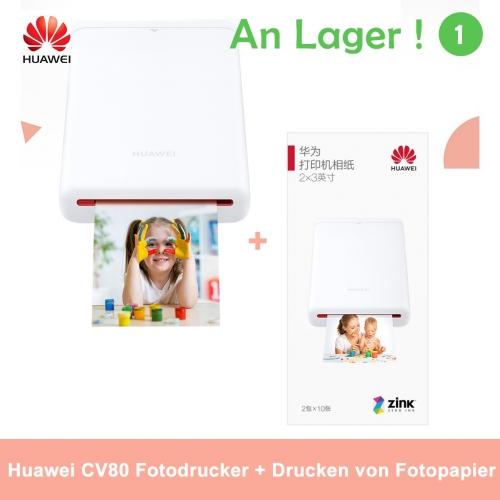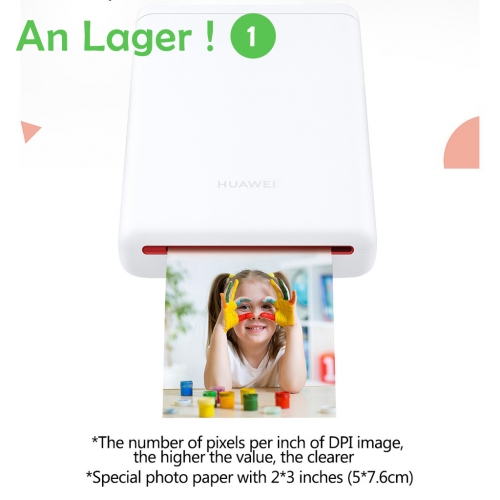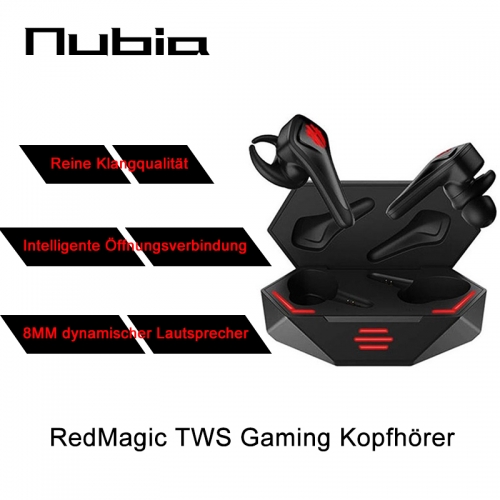
Attention:
1.RetroScaler2X does not support all PAL-M consoles in Brazil.
2.RetroScaler2X support Component / AV / SV signal input.Please check whether your game console can output these three video signals before purchasing.
(Retroscaler2x does not support RGBS signal input, so please do not use RGBS cable to use with it.)
3.When using Retroscaler2x, please connect it directly to the game console and TV. Do not use other signal converter with it.
4.If you have high requirements for game quality, you can consider OSSC.
Buttons, ports and external controls:
Component video input--Connect component video sources (YPBPR) to this input.As a note, the chip used in this device does not support RGB, so RGB SCART input will never be an option.
S-Video Input--Connect an S-Video source (4-pin connector) to this input, other sources are not supported.
AV Input--Standard composite (RCA) plug. You can connect sources such as Nintendo Super Famicom, Nintendo GameCube, N64, etc.
HDMI Video Output--All received video and audio signals will be output to the modern LCD monitor/TVs with HDMI interface.
Power Input--Any high quality micro USB charger can be used to power the RetroScaler2x as it is a very efficient device. You can even power me from your TV's USB ports!
Power Button--Turns the device off and on.
Input Select--The Enter button selects between composite, S-Video and component video inputs or a combination.
Output Selection (OUTPUT)-- The smoothing mode button allows you to choose what video mode it is in
FIL (blue LED lights on):This mode adds a filter option to minimize image distortion for the 480p/576p output.
2x Mode (orange LED light on):This is the standard "LINEDOUBLE" mode with 480p/576p output.This is the mode the system defaults to when turned on.
Passthrough (both orange and blue LEDs off):This mode simply outputs whatever the input signal is without changing the resolution.
Features of the RetroScaler2x:
Signals/Resolutions:
The RetroScaler2x can accept 240p/480i/288p/576i NTSC/PAL sources to convert to a 480p/576p HDMI output (480p for NTSC, 576p for PAL). For example, 240p signals are properly supported, allowing a fully progressive line with a double up to 480p. 480i signals are disappointed and also doubled to 480p. Note that the output resolution of this device is only up to 480p/576p.
Zero Delay:
The RetroScaler2x is a zero delay device, proven to use multiple measurements and different devices.
Region Compatibility:
Both NTSC and PAL signals are supported, but they are not converted to each other. This means you can connect the signal that your target device is compatible with, but NTSC may not work on PAL HDMI devices and vice versa.
Filter Modes:
The “FIL” mode is based entirely on preference, but the average retro gamer prefers FIL mode for 2D games (SNES, Genesis, etc.) and for 3D games (N64, Saturn, etc.). Also, FIL mode can help reduce flicker for some games that are only 480i.
Compatibility:
Another great feature of the RetroScaler2x is that it outputs a true 480p60 signal, making it compatible with every device I've tested it with! Compatibility is a big issue for retro gamers, as modern displays don't match the resolution or refresh rate of these older consoles. This device is a great help for streamers who want the highest risk of compatibility.
Performance - Audio:
The RetroScaler2X's audio performance is good, although we don't have to say it was perfect. In general, there are no issues with audio digitization, but for bra-sized noises like explosions, the output can sound a little rougher than it did when it was done through the OSSC. This isn't something you're likely to notice on a TV speaker either, although you may have an external amplifier or home theater system. Of course, in this case, it's quite easy to route audio around the RetroScaler2X anyway.
The Pass-Through:
Putting the RetroScaler2X into pass-through mode simply makes incoming composite, S-Video or component signals transparent and digitized to HDMI. 240p support is rare in the world of HDMI, but by adding a simple HDMI to VGA converter you can convert the signal back to the analog domain. This makes the unit a perfect transcoder for 15kHz displays such as PVMs or of course the OSSC.
Connect your RetroScaler2x:
1) Connect a suitable source to the composite, component or S-Video connectors.
(The inputs can only be used one at a time and it is strongly recommended that you do not leave consoles connected at the same time, even if they are turned off.)
2) Make sure you are connected to USB power, then turn on your RetroScaler2X.
3) Connect to the display via the HDMI interface, then play your games.
4) Press the button to select the appropriate video mode according to your needs.
 USD
USD EUR
EUR GBP
GBP CHF
CHF



